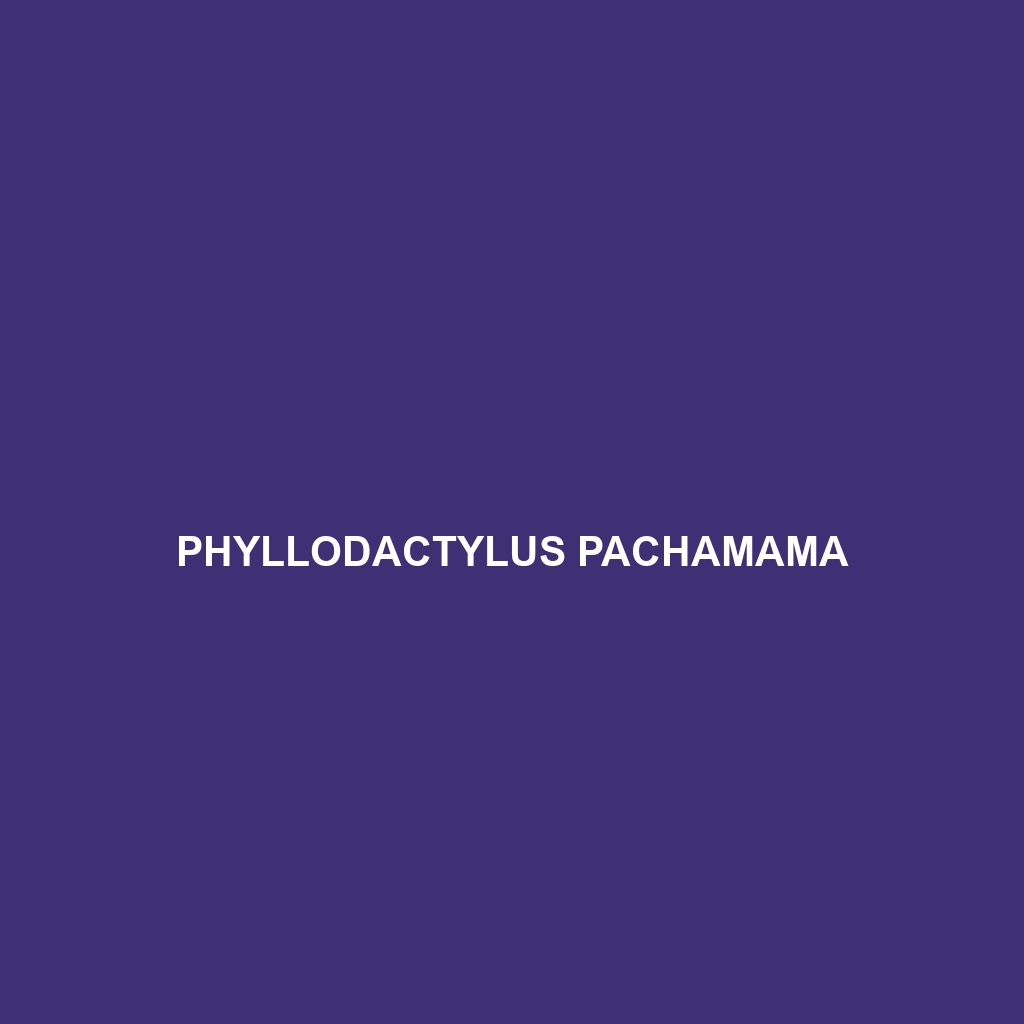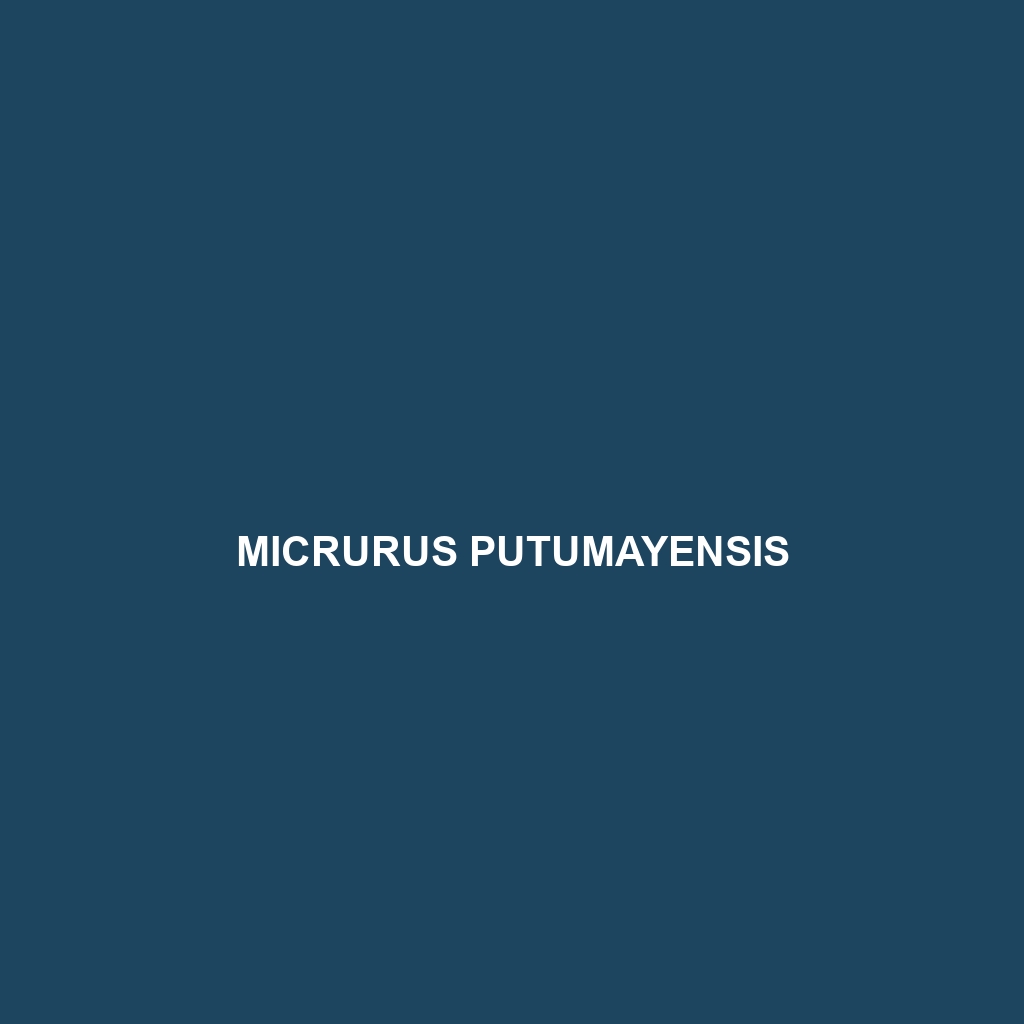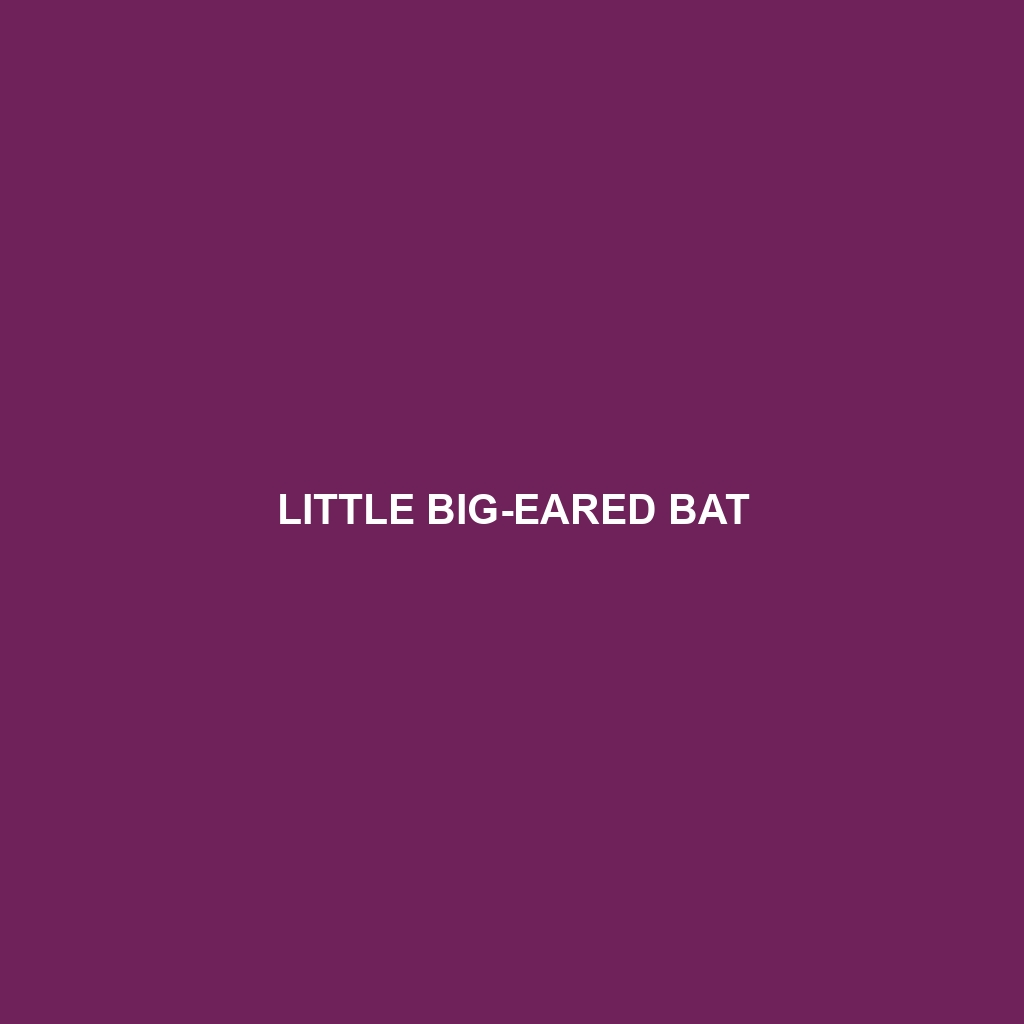<b>Proctoporus otishi</b> is a slender, diurnal lizard native to the tropical rainforests of Peru, measuring 20 to 30 cm in length and known for its vibrant coloration and unique dorsal patterns. This insectivorous species plays a vital role in its ecosystem by contributing to insect population control and exhibits fascinating courtship behaviors during its reproductive cycle.
Tag: Peruvian wildlife
Proctoporus carabaya
<p><b>Proctoporus carabaya</b> is a unique Andean lizard known for its slender body, smooth shiny scales, and agile movement, thriving at altitudes of 2,000 to 4,000 meters in Peru's temperate forests. This primarily insectivorous species plays a vital role in its ecosystem by regulating insect populations and contributing to forest regeneration.</p>
Proctoporus otishi
<b>Proctoporus otishi</b> is a slender, diurnal lizard native to the tropical rainforests of Peru, measuring 20 to 30 cm in length and known for its vibrant coloration and unique dorsal patterns. This insectivorous species plays a vital role in its ecosystem by contributing to insect population control and exhibits fascinating courtship behaviors during its reproductive cycle.
Proctoporus carabaya
<p><b>Proctoporus carabaya</b> is a unique Andean lizard known for its slender body, smooth shiny scales, and agile movement, thriving at altitudes of 2,000 to 4,000 meters in Peru's temperate forests. This primarily insectivorous species plays a vital role in its ecosystem by regulating insect populations and contributing to forest regeneration.</p>
Phyllodactylus pachamama
<p><b>Phyllodactylus pachamama</b> is a medium-sized gecko native to the lush rainforests of Bolivia and Peru, characterized by its vibrant coloration and unique flattened toes that aid in climbing. This primarily nocturnal insectivorous species plays a vital role in its ecosystem, contributing to pest control and serving as prey for larger predators.</p>
Micrurus putumayensis
<p><b>Micrurus putumayensis</b>, commonly known as the Putumayo coral snake, is a strikingly colored species native to the tropical rainforests of Colombia and Peru, characterized by its vibrant red, black, and yellow bands. This nocturnal predator plays a vital role in its ecosystem, primarily feeding on small reptiles and amphibians while contributing to the ecological balance of its habitat.</p>
Liolaemus nazca
Discover the Liolaemus nazca, or Nazca iguana, a resilient lizard native to the arid Nazca desert of southwestern Peru. This insectivorous species, measuring 15 to 20 cm, is known for its unique adaptations, including color-changing abilities for camouflage and elongated toes for navigating rocky terrains.
Dendrosauridion yanesha
fascinating Dendrosauridion yanesha, a vibrant green amphibian native to the humid tropical forests of Peru, known for its nocturnal behavior and insectivorous diet. With adaptations for camouflage and climbing, this species plays a crucial role in its ecosystem, while currently facing vulnerability due to habitat loss.
Little Big-eared Bat
Discover the fascinating world of the Matses Big-eared Bat (<i>Otonycteris hemprichii</i>), a nocturnal insectivore thriving in the lush Amazon Basin. With its impressive large ears and agile flight, this vulnerable species plays a crucial role in pest control and ecosystem balance. Learn about its unique behaviors, habitat, and the conservation challenges it faces amidst growing deforestation.
Haggard’s Leaf-eared Mouse
Discover the fascinating world of the Haggard's Leaf-eared Mouse, a unique rodent native to the mountainous regions of eastern Bolivia and southern Peru. With its distinctive large ears and agile, nocturnal behaviors, this omnivorous species plays a crucial role in its ecosystem as both a seed disperser and a vital food source for predators. Learn about its habitat preferences, physical characteristics, and the conservation challenges it faces in our latest blog post.









